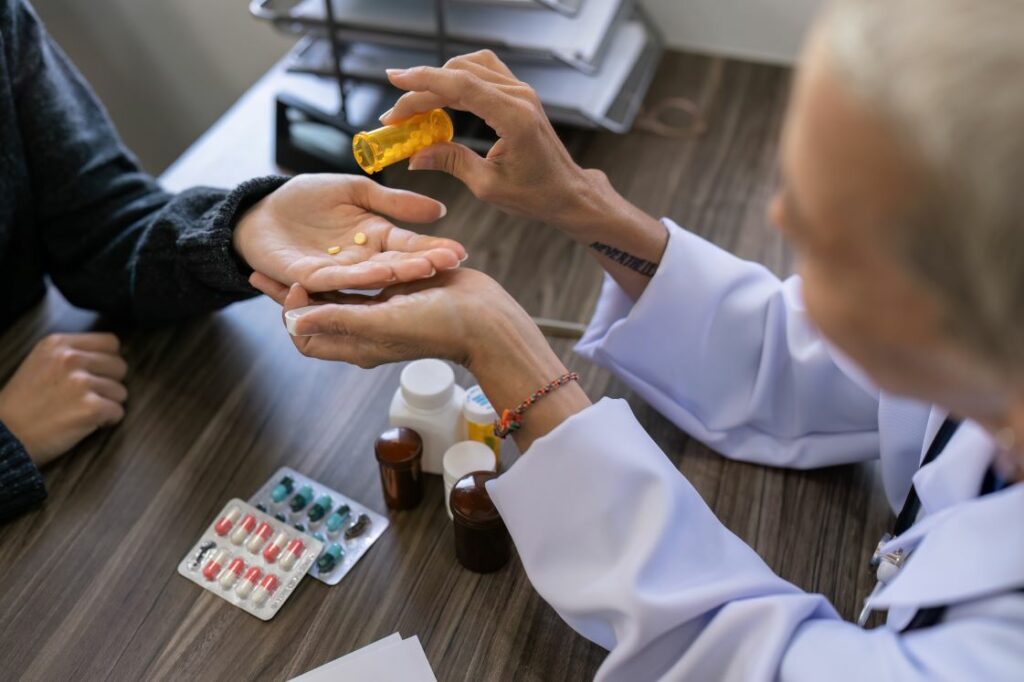Introduction
In emergency situations, every second matters-- specifically when it involves conserving lives. The act of performing breast compressions throughout a heart attack can imply the distinction in between life and death. This article delves into the intricacies of Mastering Compressions: Taking Turns to Save Lives, highlighting the value of team effort, correct strategy, and understanding of procedures that can enhance survival rates in important situations. By the end of this thorough guide, you will have a deeper understanding of not just fundamental vs innovative life assistance, yet likewise exactly how taking turns on compressions can optimize rescue efforts.
Mastering Compressions: Taking Turns to Save Lives
When it pertains to CPR (cardiopulmonary resuscitation), understanding compressions is crucial. Breast compressions are the heart of CPR, literally and figuratively. They preserve blood circulation to essential body organs when the heart falls short, supplying time for emergency situation solutions to get here and take control of. However, lots of people are not aware that taking turns throughout compressions can substantially enhance efficiency and effectiveness.
The Value of Chest Compressions
- What are Chest Compressions? Chest compressions are rhythmic presses put on the sternum, intending to simulate the heart's pumping action. Why Are They Critical? During heart attack, blood circulation stops. Without instant treatment, mental retardation and death can occur within minutes.
Basic vs Advanced Life Support
Understanding the First Aid Training in southport distinction between basic vs advanced life support is crucial for any individual aiming to offer aid in an emergency.
- Basic Life Support (BLS) Often instructed in mouth-to-mouth resuscitation programs, BLS includes chest compressions, rescue breaths (if educated), and using an AED (Automated External Defibrillator). Advanced Life Support (ALS) ALS entails extra intricate procedures like respiratory tract monitoring and medicine management by trained health care professionals.
Checking Responsiveness: The First Step
Before initiating any kind of life-saving measures, checking responsiveness is essential.
- How to Examine Responsiveness? Gently shake the individual's shoulders while asking if they are okay. If there's no feedback, ask for emergency situation assistance immediately.
Hospital Codes and Protocols
Every medical facility runs under details codes that determine exactly how emergencies need to be handled.
- What are Hospital Codes? Codes like "Code Blue" commonly indicate a patient needing resuscitation. Why Know These Codes? Understanding methods ensures that your actions straighten with health center plans during an emergency situation.
Public Defibrillator Use: A Lifesaver
Public gain access to defibrillators play a substantial role in increasing survival prices throughout cardiac arrests.
- How Do You Utilize One? Locate a nearby AED. Turn it on and adhere to voice prompts. Ensure nobody is touching the individual when supplying a shock.
BLS Accreditation: Why It Matters
Obtaining your BLS qualification is indispensable for both nonprofessionals and health care providers.
- Where Can You Get Certified? Many organizations like the American Heart Organization deal programs at different levels.
Identifying No Breathing: A Crucial Skill
Knowing how to recognize whether a person is breathing is vital prior to starting CPR.
- What Does No Breathing Look Like? Lack of normal breathing patterns; look for gasping or no movement at all.
Taking Turns on Compressions: A Team Effort
When numerous rescuers exist, rotating functions during upper body compressions can stop fatigue.
Benefits of Taking Turns
Maintains top notch compressions. Prevents rescuers from coming to be exhausted. Enhances sychronisation amongst team members.Lower Compression Depth: Is It Effective?
While there's a standard for compression deepness (at the very least 2 inches), some may wonder about reduced midsts in specific situations.
- Is Lower Compression Deepness Effective? No-- sticking to suggested standards is important for reliable blood flow throughout CPR.
Slow Compression Rate: What's Optimal?
A typical misconception is that slower prices might be a lot more effective; nevertheless:
- The ideal price for breast compressions is between 100-- 120 per minute.
FAQ Section
1. What need to I do if I see a person collapse?
Start by checking responsiveness-- scream their name or give them a mild shake. If there's no action, telephone call emergency situation services immediately.
2. For how long must I perform CPR?
Continue up until emergency -responders get here or an AED is offered; preferably till you're as well worn down or someone else can take over.
3. Can I carry out mouth-to-mouth resuscitation on children?
Yes! The technique is comparable Find out more however with minimized force-- use one hand rather than two for smaller sized children if needed.

4. Where can I learn more about BLS certification?
Check neighborhood healthcare facilities or health and wellness companies; many provide classes routinely tailored toward different skill levels.
5. What if I'm alone when a person needs help?
If you're alone with an adult who's unresponsive however breathing typically, call emergency situation solutions prior to starting CPR; if they're not breathing-- start ideal away!
6. Is public defibrillator use safe?
Absolutely! AEDs are designed for layperson usage with easy directions given by means of audio triggers-- don't hesitate!
Conclusion
Mastering Compressions: Taking Transforms to Conserve Lives highlights more than simply performing chest compressions; it personifies teamwork, recognition of methods, and expertise regarding devices like AEDs that jointly add in the direction of saving lives in emergency situations. Whether you're accredited or merely intend to be prepared for unanticipated circumstances, recognizing these principles will empower you as a first -responder in critical moments. Keep in mind-- the capability to act with confidence can transform concern right into activity when it matters most!
